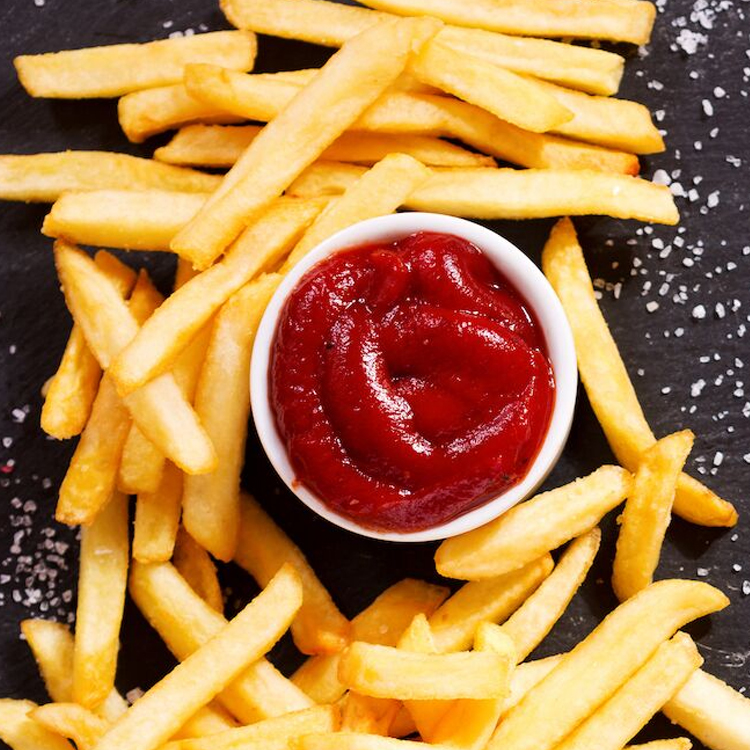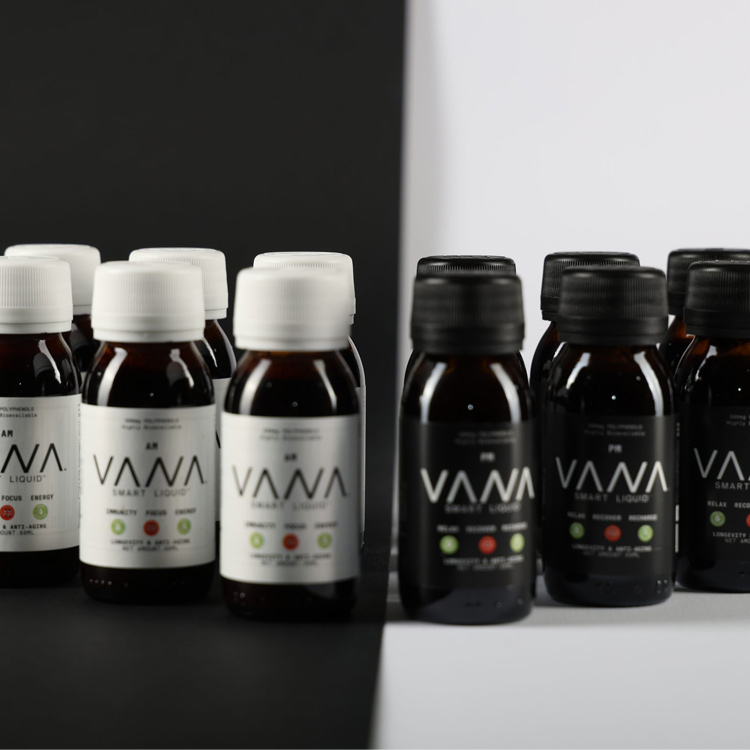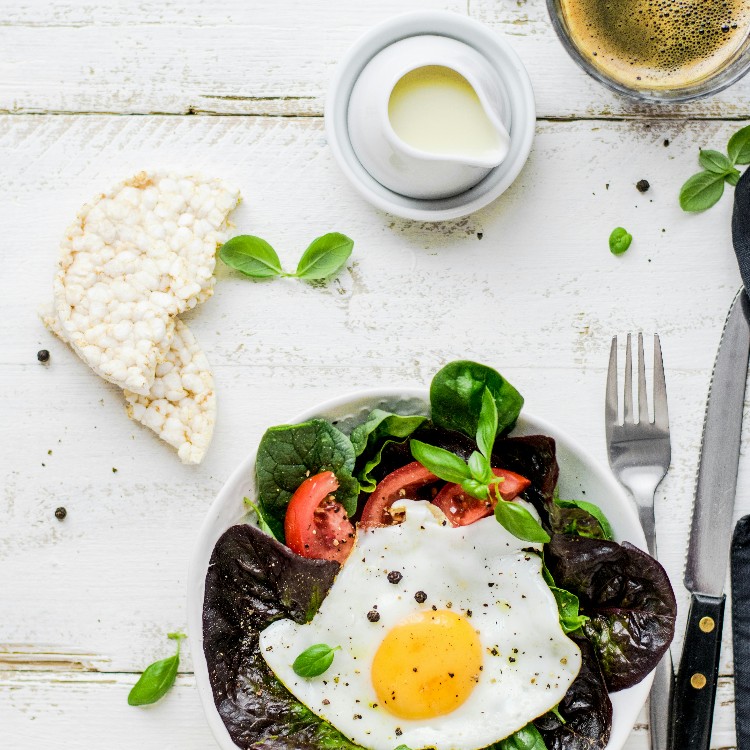Mood swings are a very challenging problem that many women encounter. Whether it’s due to PMS, PMDD, perimenopause, or pregnancy, there are effective strategies to ease unpleasant symptoms and restore balance to your body. In today’s stressful society, mastering the ability to control mood swings is essential.
In this comprehensive guide, we’ll explore the causes, symptoms, and most effective solutions for managing mood swings. Keep reading to discover how to regain control of your life.
Causes of Mood Swings
Mood swings in women can stem from various factors, many of which are tied to hormonal changes. Conditions like PMS and PMDD (premenstrual dysphoric disorder) are common culprits, as they lead to significant emotional fluctuations.
Beyond hormonal influences, a person’s mental health condition is very important. Anxiety and depression are significant contributors to mood swings. Anxiety can cause feelings of extreme nervousness or worry, which leads to sudden mood changes. Depression is characterized by persistent sadness or hopelessness, which can also result in mood instability. Extreme mood swings are sometimes a sign of bipolar disorder, where moods fluctuate from manic highs to depressive lows.
It’s important to understand that these conditions can overlap, and women may experience mood swings due to a combination of hormonal and psychological factors. Identifying the underlying cause is key to finding effective treatments and restoring emotional balance. Regular medical consultations and appropriate therapy can greatly help in managing mood fluctuations.
Mood Swings Symptoms
Mood swings can manifest through various symptoms, which can be grouped according to their underlying causes.
Hormonal causes:
- PMS and PMDD: Symptoms include irritability, sadness, anxiety, and moodiness, often appearing in the luteal phase of the menstrual cycle. PMDD symptoms are more severe and they cause significant difficulties in daily life.
- Perimenopause: Women may experience mood swings, hot flashes, sleep disturbances, weight gain, and fatigue as their estrogen levels fluctuate. Here you can read more about the most effective supplements for perimenopause.
- Pregnancy: Hormonal changes can lead to heightened emotions, anxiety, and irritability, often accompanied by physical symptoms like nausea and fatigue.
Mental health conditions:
- Anxiety: Symptoms include excessive worry, restlessness, and rapid mood changes, often triggered by stress or specific situations.
- Depression is marked by persistent sadness, hopelessness, and a lack of interest in activities, which can lead to mood swings and low energy levels.
- Bipolar disorder is characterized by extreme mood swings, ranging from manic episodes of high energy and euphoria to depressive episodes of low energy and despair.
- Borderline personality disorder (BPD): Involves intense and rapid mood swings, often in response to interpersonal stressors. Individuals may experience feelings of emptiness, anger, and fear of abandonment. These symptoms lead to unstable relationships and self-image.
How to Control Mood Swings?
Managing mood swings is very challenging. Fortunately, with proper social support and work on changing life habits, it is possible to control mood swings and improve your life.
Here are some effective strategies for restoring your lost balance:
Stay Active
Staying active is an effective way to manage mood swings. Regular physical activity boosts endorphin levels, the body’s natural mood elevators. Exercise reduces stress hormones like cortisol, which reduce anxiety and depressive symptoms. Engaging in physical activities promotes better sleep, which is crucial for mood regulation.
For example, aerobic exercises increase heart rate and improve cardiovascular health, which positively impacts mental well-being. On the other hand, strength training and yoga enhance muscle strength and flexibility while promoting relaxation and mindfulness. Social activities, such as group sports or fitness classes, provide social support and reduce feelings of isolation.
Get Enough Sleep
Sleep regulates the brain’s neurotransmitter levels – serotonin and dopamine, which play key roles in mood stability. Adequate rest reduces stress and anxiety, both common triggers for mood fluctuations.
Besides, quality sleep promotes cognitive function, enhances focus, and improves emotional regulation. It also reduces irritability and enhances resilience to daily stressors. During sleep, the body repairs and balances hormones, including those influencing mood, such as cortisol and melatonin.
Establishing a regular sleep schedule, creating a relaxing bedtime routine, and ensuring a comfortable sleep environment can significantly improve your circadian rhythm.
Eat Quality Nutrients
A balanced diet rich in vitamins, minerals, and antioxidants supports brain health and emotional stability. The following nutrients can be helpful in regulating mood changes:
- Magnesium: A crucial mineral for regulating neurotransmitters that affect mood. Foods like leafy greens, nuts, and whole grains are excellent sources of magnesium.
- Calcium: Essential for nerve function and muscle contraction, influencing mood regulation. Dairy products, fortified plant-based milk, and leafy greens provide ample calcium.
- Omega-3 fatty acids – found in fatty fish, flaxseeds, and walnuts; they are known for anti-inflammatory properties, the ability to support brain function, and reduce symptoms of depression and anxiety.
- Vitamin D is essential for mood regulation, as it influences serotonin production. Sunlight exposure and foods like fatty fish, egg yolks, and nuts can help maintain adequate vitamin D levels.
- B vitamins (particularly B6 and B12) are important for energy production and neurotransmitter synthesis. Their sources include whole grains, meat, eggs, and legumes.
- Antioxidants such as vitamin C and E protect the brain from oxidative stress and support overall mental health.
Consider Supplementation
Food supplements can play a significant role in managing mood swings by providing essential nutrients that support brain function and emotional stability. Apart from the abovementioned, polyphenols are essential for mood regulation. In small amounts, this compound naturally occurs in grapes, berries, onions, broccoli, and peppers.
Polyphenols have strong antioxidant and anti-inflammatory properties. They support cognitive function, emotional health, and overall well-being.
Psychotherapy is Your Best Ally
Psychotherapy is a valuable method for better understanding your thoughts, behavior, personality, and relationships. Through various therapeutic techniques, you can gain better control over your emotions and improve your mental health. If you have difficulties in everyday functioning, consider some of these psychotherapy approaches:
- Cognitive behavioral therapy (CBT): In CBT, you can identify and change negative thought patterns and behaviors that contribute to your mood swings. By learning to reframe your thoughts, you can reduce emotional distress and develop healthier coping mechanisms.
- Dialectical behavior therapy (DBT): DBT is particularly useful for individuals with borderline personality disorder. It combines CBT with mindfulness practices and teaches skills like emotional regulation, distress tolerance, and interpersonal communication.
- Psychodynamic therapy: This therapy explores unconscious processes and past experiences that influence your current behavior and emotions. By gaining insight into these factors, you can understand and manage your mood swings more effectively.
- Interpersonal therapy (IPT): IPT focuses on improving your interpersonal relationships and social functioning. It helps you navigate conflicts and build stronger support systems, reducing the frequency and intensity of mood swings.
Hormone Replacement Therapy (HRT)
Hormone replacement therapy (HRT) can help manage mood swings in menopausal and perimenopausal women experiencing significant hormonal fluctuations. During menopause, estrogen levels significantly decline. This usually leads to mood changes, irritability, and sometimes even depression. HRT involves replacing hormones to balance their levels in the body and reduce unpleasant symptoms.
For women in their late 40s or early 50s, HRT can be very effective at managing mood swings and other menopausal symptoms. Apart from mood control, it can improve overall quality of life by reducing hot flashes, night sweats, and vaginal dryness.
However, HRT is not without risks. It’s important to discuss the potential benefits and risks with a healthcare provider. While HRT can be very effective at managing mood swings, it is not suitable for everyone.
Stress Management Techniques
Stress management techniques can help you manage mood swings by reducing the impact of stress on your body and mind. Chronic stress can contribute to mood instability, anxiety, and depression. Techniques such as mindfulness, meditation, deep breathing exercises, yoga, and progressive muscle relaxation can lower stress hormone levels and promote a sense of calm. You can also try certain activities to improve your concentration and overall mental health.
Try to Avoid Sugar, Caffeine, and Alcohol
Caffeine and sugar can lead to rapid spikes and crashes in blood sugar, which can affect mood and energy levels. Alcohol is a depressant that disrupts sleep patterns and interferes with neurotransmitter function, which can worsen mood swings. By avoiding these substances, you can maintain stable insulin levels and support overall mood stability. Instead, focus on a balanced diet rich in healthy fats, fiber, and protein that support optimal brain function and give your body energy.
Frequently Asked Questions
Why does my mood swing so easily?
Your mood may swing easily due to a combination of biological, psychological, and external factors. In the first place, hormonal fluctuations can cause mood swings. Stress, anxiety, and depression can also contribute, as well as genetics and certain medical conditions. Environmental factors like sleep deprivation, alcohol and drug abuse, and poor nutrition can further exacerbate mood instability. Identifying and addressing these underlying causes, preferably with the help of a healthcare professional, can help you regulate mood swings effectively.
What is the best therapy for mood swings?
The best therapy for mood swings depends on the underlying cause and individual preferences. Cognitive-behavioral therapy is often effective at addressing negative thought patterns and behaviors associated with mood swings. Dialectical behavior therapy can be beneficial for individuals with borderline personality disorder or difficulties with emotional regulation. Other therapies, such as interpersonal therapy or psychodynamic therapy, may also be helpful. It’s important to consult with a mental health professional to determine the most suitable therapy approach for your specific needs.
What is a natural mood stabilizer?
A natural mood stabilizer is a substance or practice that can help regulate mood without prescription medications. For example, omega-3 fatty acids found in fish oil support brain health and reduce symptoms of depression. 5-HTP is a naturally occurring amino acid that can increase serotonin levels in the brain and regulate mood. Additionally, St. John’s wort is an herbal supplement that alleviates mild-to-moderate depression. Regular physical activity, adequate sleep, and a balanced diet rich in fruits, vegetables, and whole grains can also contribute to mood stability.
What foods lift your mood?
Foods that may improve mood include those rich in omega-3 fatty acids, such as salmon, walnuts, and flaxseeds. Due to its flavonoid content, dark chocolate can also help with mood regulation. Foods high in tryptophan, like turkey, chicken, nuts, and seeds, can also increase serotonin levels. Additionally, fruits and vegetables rich in polyphenols, such as berries, spinach, and kale, reduce inflammation and oxidative stress, which are linked to mood disorders.









